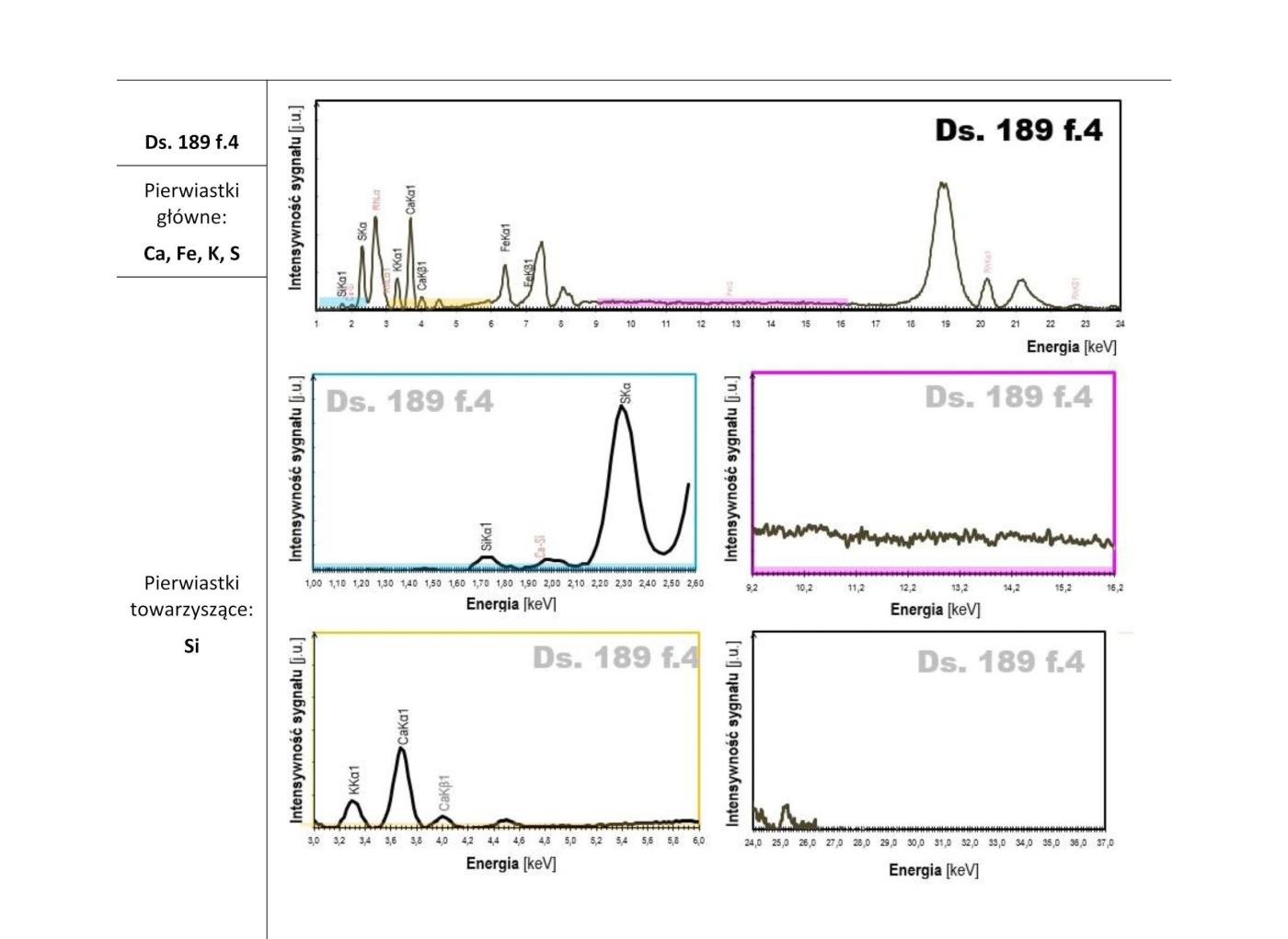DRANGSONG MANUSCRIPTS
| 1. Text number | Drangsong 189 |
| 2. Text title (where present) in Tibetan | |
| 3. Text title (where present) in Wylie transliteration | |
| 4. A brief summary of the item’s contents | Ritual of offerings to the klu to pray for progeny. |
| 5. Number of folios | 3 |
| 6. Scribe’s name | |
| 7. Translation of title | |
| 8. Transcription of colophon | ces ’dzab phrod tshar ro/ phrang ba la ha ’debs rong gis ci bus gtsug du bzhag nas dbang skur byin brlabs bdus nas rang la thim par bsgom/ dge’o/ bkra shis/ |
| 9. Translation of colophon | In this way, the ritual of Naga offering for good fortune is over. Good fortune! Auspicious! |
| 10. General remarks | The text is incomplete, the beginning of the paper is in the No.185d. |
| 11. Remarks on script | ’bru tsha,’khyug ma tshugs |
| 12. Format | Loose leaves |
| 13. Size | 9.2 × 35 cm |
| 14. Layout | |
| 15. Illustrations and decorations | This folio with red margins, the last of the manuscript, is drawn with a maṇḍala and the images of a klu and four offerings.The maṇḍala occupies almost the full height of the folio on the left side. It is of the eight-petal lotus type and comprises not figures of deities but letters symbolizing them. Its centre is inscribed with the letter phu and possesses four rims, the first of which is painted with a yellow wash. As for its eight petals, they are similarly inscribed with the letter phu, while their borders are painted yellow and sometime also trefoiled. Imagined raising above water, the lotus is surrounded by a circle featuring in a short section close to the eastern petal of the lotus a few ripple designs, which are identified as “confluent waves” (chu ris tshags ma) by the caption fitted next to them in the circle. Another inscription, written on the top right of the maṇḍala and related to the latter by a dotted line, enjoins: “Draw waves on the outer rim of the eight lotus petals of the maṇḍala pattern!”[1] The perfect circular shape of the latter must have been obtained using some sort of compass.
At the centre of the folio is drawn the beautiful image of a klu joining his hands in homage, immediately recognizable from his coiled snake lower body and his hood of nine snake heads mentioned in a caption.[2] On the right of this figure are represented three dough offerings known as bshos bu. The first one, featuring a tapered base, an upper section divided in three parts by thin strokes, and a pointed top, is identified by a caption as the bshos of Mt Meru (ri ≠rab bshos). The second one, possessing a trefoiled shape, and the third one, possessing a small round side-projection, are called the male and female bshos, respectively.[3] Slightly above them, on the right side of the folio, is represented a footed container full to the brim with some liquid identified by a caption as medicinal milk (sman ’o ma). All these ritual four offerings are painted with a yellow wash. Below them, a two-line inscription explains how, together with the nearby image of a klu, they relate to the maṇḍala: These five [objects] are displayed at nine [places]: the eight lotus petals and its centre. Outside the latter are waves, and still outside the latter are arranged all [sorts of] plants. They are dressed in coloured silks and coloured wool.[4] Hence, the entire universe, along with the possessions of men and women and precious substances are offered to the klu. The main text, which is fragmentary, goes into some detail as regards the klu of the four main directions, but not as regards the klu of the four intermediate directions. Their supplication is especially related to the conception of children. [1] This inscription reads: dkyior (dkyil ’khor) dpe ris padma ’dab brgyad mtha’ la chu ris briso / [2] It reads: sbrul g+ho (mgo) dgu yino (yin no) / [3] The captions read: pho bshos ; mo bshos [4] The inscription reads: § ’di lnga po pad ’dab rgyad dbus dang dgu ru bzhago / de’i phyir riṃs chu {l. 2} ris / de’i phyi riṃs rtsi shing thaṃd bskod do / dar mtshon bal tshon skon / |
| 16. Paper type | Woven, 2 layers, smooth with traces of polishing |
| 17. Paper thickness | 0.21–0.31 mm |
| 18. Nos of folio sampled | f. 4 |
| 19. Fibre analysis | |
| 20. AMS 14C dating | |
| 21. XRF analysis | |
| 22. RTI | |
| 23. GCMS |


